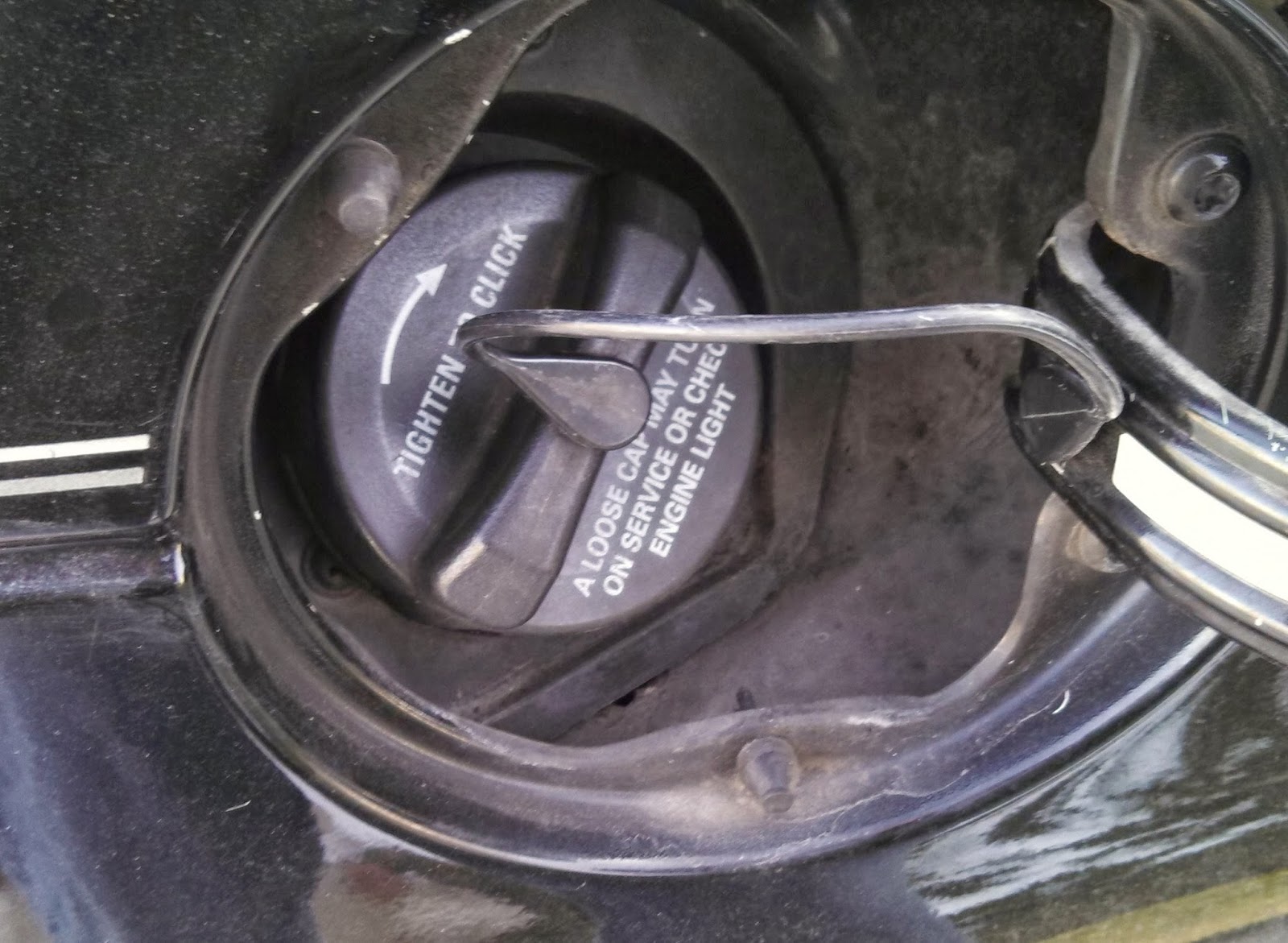Jeep Wrangler Gas Cap & Check Engine Light: Decoding the Mystery
That amber glow on your Jeep Wrangler's dashboard – the check engine light – can be unsettling. It's a cryptic oracle, hinting at potential problems lurking within your off-road beast. But what if the culprit is something as simple as your gas cap? This seemingly insignificant component can trigger the check engine light, leaving you wondering if a major mechanical failure is imminent. Let's dive into the world of the Jeep Wrangler gas cap and its connection to the check engine light, exploring the causes, solutions, and preventative measures to keep your Wrangler running smoothly.
The check engine light is part of your Jeep's onboard diagnostic system (OBD-II). This system monitors various components and emissions-related functions. A loose, damaged, or missing gas cap can disrupt the fuel system's pressure, triggering an evaporative emission leak detection (EVAP) fault. This fault is then communicated to the OBD-II system, illuminating the check engine light.
The EVAP system's purpose is to prevent gasoline vapors from escaping into the atmosphere. These vapors, hydrocarbons, are a major source of air pollution. The gas cap plays a crucial role in sealing the fuel system, preventing these vapors from leaking. A faulty gas cap breaks this seal, allowing vapors to escape and triggering the check engine light. This system has become increasingly important with stricter emissions regulations over the decades, highlighting the seemingly small gas cap's significance in a larger environmental context.
Why is this relevant to a Jeep Wrangler, a vehicle designed for rugged terrains and off-road adventures? Well, the Wrangler's adventurous spirit often involves traversing bumpy trails and tackling challenging obstacles. These conditions can put extra stress on the gas cap, increasing the likelihood of it becoming loose or damaged. A cracked or warped gas cap is common, especially in older Wranglers.
So, what should you do if your Jeep Wrangler's check engine light comes on? The first and simplest step is to check your gas cap. Ensure it's tightly secured. Sometimes, the cap might just be loose after a recent fill-up. If the cap is damaged, replace it with a new, OEM-recommended cap. After tightening or replacing the cap, drive your Wrangler for a few days to see if the check engine light turns off. The OBD-II system needs time to clear the fault code.
If the check engine light persists, it's time for further diagnostics. While a loose or faulty gas cap is a common cause, the light can also indicate other issues, from a malfunctioning oxygen sensor to more serious engine problems. Using an OBD-II scanner can provide more specific error codes, helping you pinpoint the problem.
One benefit of addressing a gas cap issue promptly is preventing further damage. A continuously open fuel system can lead to fuel evaporation, reducing your mileage and potentially damaging other EVAP system components. Additionally, ignoring the check engine light could mask other underlying issues that require attention.
Step-by-step guide for checking your Jeep Wrangler's gas cap:
1. Park your Wrangler on a level surface and turn off the engine.
2. Locate the gas cap door on the driver's side rear quarter panel.
3. Open the gas cap door and inspect the gas cap for any visible damage, such as cracks or warpage.
4. Try to tighten the gas cap by turning it clockwise. It should click several times when fully tightened.
5. If the cap is loose or damaged, replace it with a new, OEM-recommended gas cap.Advantages and Disadvantages of Addressing a Jeep Wrangler Gas Cap Issue
| Advantages | Disadvantages |
|---|---|
| Prevents fuel evaporation and improves fuel economy. | Replacing the gas cap can be a minor expense. |
| Protects other EVAP system components from damage. | Misdiagnosing the check engine light can lead to unnecessary repairs. |
FAQ:
Q: Can any gas cap be used on a Jeep Wrangler? A: It's recommended to use an OEM or equivalent gas cap to ensure proper sealing and compatibility.
Q: How long does it take for the check engine light to turn off after replacing the gas cap? A: It can take a few driving cycles for the OBD-II system to clear the code.
In conclusion, the seemingly insignificant gas cap on your Jeep Wrangler plays a vital role in the EVAP system and can be a surprisingly common cause of the check engine light. Regularly checking your gas cap for tightness and damage can save you from potential headaches and costly repairs down the line. Ignoring a check engine light, even if it seems minor, could mask more significant problems. By understanding the relationship between your Jeep Wrangler's gas cap and the check engine light, you can take proactive steps to keep your Wrangler performing at its peak, both on and off the road. Address the issue promptly, ensure proper maintenance, and enjoy the open trail with peace of mind, knowing your Jeep is running smoothly and efficiently.
Mastering your retractable fountain pen a comprehensive guide
Missed connections tucson az
Decoding the golf cart vacuum fuel pump














